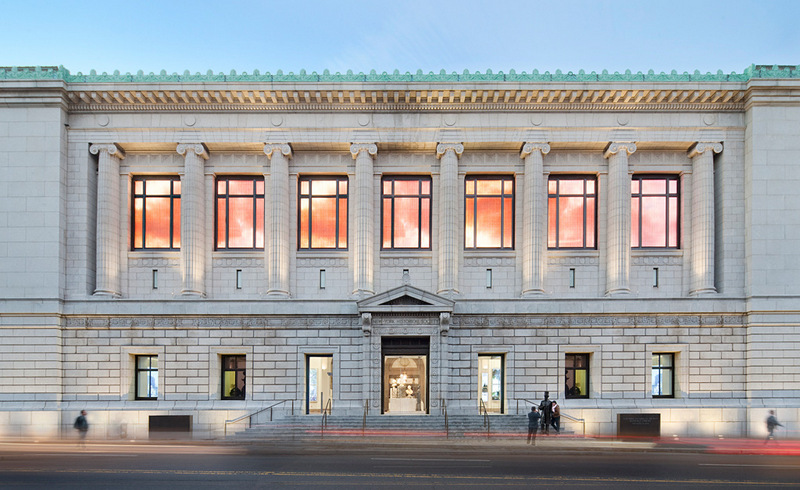 Image from New-York Historical Society
Image from New-York Historical Society
For over 200 years, the New-York Historical Society has served as a “steward of the city’s memory,” as described by the museum’s Associate Curator of Material Culture, Mike Thornton. Founded in 1804, the New-York Historical Society contains priceless artifacts that tell the story of not only New York City, but also the entire state and country as a whole, from the 18th century through the present-day. The Historical Society’s extensive permanent collection contains everything from monumental artworks, like Thomas Cole’s The Course of Empire series and John James Audubon’s “The Birds of America,” to mundane relics of everyday life in New York like a garbage can and a parking meter.
Bearing witness to and collecting momentos from more than two centuries of the nation’s history, the New-York Historical Society has countless fascinating tales to tell and secrets to uncover. From the Historical Society’s ties to Santa Claus to the contents of the oldest time capsule, here are the top ten secrets of the New-York Historical Society!
If you are an Untapped Cities Insider, you can join us for two special guided tours of the museum’s exhibitions. The first tour will walk us through the latest exhibit to open at the museum, Stonewall 50, and the second will explore the Historical Society’s permanent collections! Not an Insider yet? Become a member today to gain access to free behind-the-scenes tours and special events all year long! Learn more about our first visit, coming up on June 29th, here!
1. It is New York’s First Museum

Before the Metropolitan Museum of Art, the Natural History Museum and other museum institutions of the city we know and love today were established, there was the New-York Historical Society. The New-York Historical Society was founded by eleven men in 1804, the same year Lewis and Clark set out on their expedition to explore the west. At that time, the historical society became New York’s first museum.
When the historical society was founded, America as a country was fairly new. The founders wanted to make sure that the history they were witnessing, and had witnessed through the American Revolution, would be accurately preserved for future generations. On a walkthrough of the museum with Mike Thornton, the Historical Society’s Associate curator of Material Culture, he described the items housed inside as “a collection of collections,” with many national treasures to boast. Today the museum has hundreds of thousands of artifacts dating as far back as as the 18th century. Key pieces of the permanent collection, which tell the story of New York from the its early days as a Dutch colony to the present, are stored in open storage for visitors to view. The other galleries are filled with artwork and rotating exhibitions.





